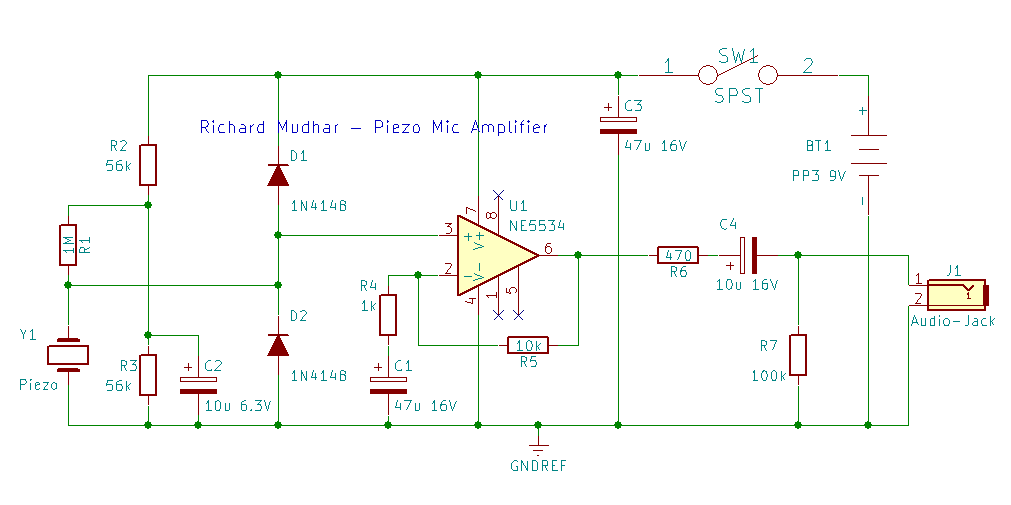


It has 5-band EQ (equalization is super important for tone coloring) and great feedback resistance functions. The ParaAcoustic DI cleans and boosts signal while matching impedance as a DI unit. Our favorite preamps are the LR Baggs ParaAcoustic DI and their Venue DI. Above that, there are many preamps that can also provide equalization (important for tone control) and feedback resistance functions. Better still would be a preamp such as the ART Tube MP, which would also provide gain control. If you intend to send a passive signal directly to a sound board, then at the very minimum you should get a basic DI box (direct input), which will provide the necessary impedance matching, but nothing more. Most acoustic instrument amplifiers (including Fisman Loudbox-series, Acoustic Image, Roland AC-series, Kustom Sienna-series) have this feature and eliminate the need for an impedance matching device such as a preamp, however, a preamp is still recommended for greater EQ and tone coloring control. It should be noted that a preamp may not be required if you intend to connect to an amplifier that is designed to accept a high impedance piezo input. The impedance difference, if not corrected, can result in "noisy" signal being sent through the PA and a very unsatisfactory tone. Piezo pickups produce a high impedance (Hi-Z) output, while most amps and audio mixers are designed to accept a low impedance (Lo-Z) input. If you are using a piezoelectric pickup or a passive electric violin, or an active violin with a high impedance output, you do need a preamp to connect to a sound board. Preamps can perform a number of functions from boosting a weak signal to equalization control, but he most important function a preamp can provide in working with signal from a piezo pickup is impedance matching. Some solid-body electric violins are equipped with an internal preamp that boosts signal and may have tone control functions.


 0 kommentar(er)
0 kommentar(er)
